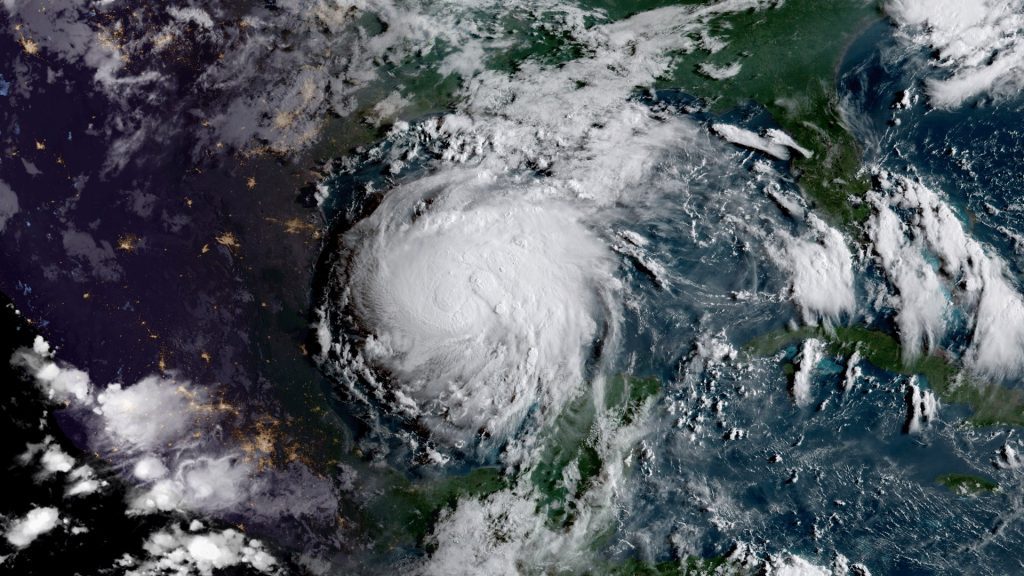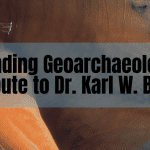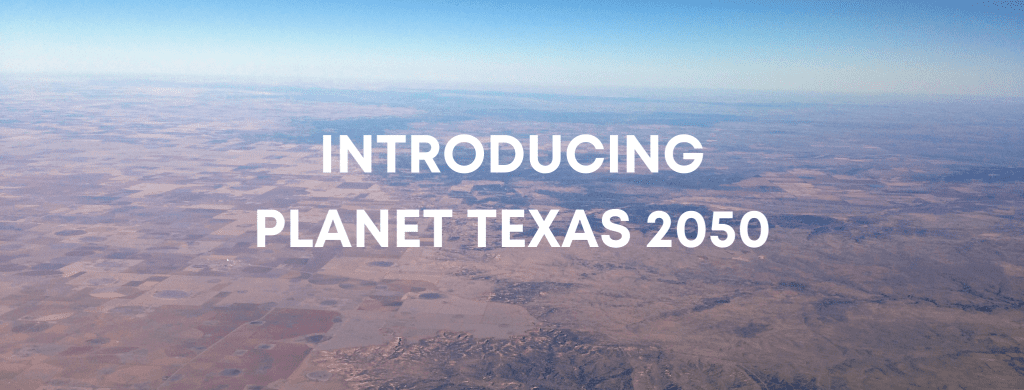
By Mary Huber
As part of IHS Climate in Context, Not Even Past is delighted to introduce a new collaboration with Planet Texas 2050. Together we’ll publish a series of posts and articles designed to introduce the Planet Texas 2050 project with a particular focus on how historians and archaeologists are contributing to it.
In Texas, change is inevitable.
Roughly 1,000 people are moving to the state every day, according to U.S. Census Bureau numbers. The large majority are clustering in cities, and that affects housing, transportation, and the way people access education and social services in already dense urban areas. At the same time, because of climate change, the state is growing hotter and dryer, meaning some of these high-density areas will suffer longer and more sustained droughts in the future. Add to that the devastating effects of new and worsening storms, and Texas is on course to face major difficulties. Solving them will be a grand challenge.
In 2017, The University of Texas at Austin launched Planet Texas 2050, which brings together researchers from across the 40 Acres — in fields such as archaeology, English, engineering and computer science — to collaborate on projects that will address some of these demographic and climactic changes.
The 10-year research project is part of Bridging Barriers Grand Challenges, a university-wide research initiative to contribute insight to some of our most pressing humanitarian, environmental, and societal crises that will affect the way we live and work in the years to come.

Planet Texas 2050 was the first of the three grand challenge initiatives. It began when researchers from across UT started crowdsourcing ideas for research questions that would benefit from an interdisciplinary approach. They identified climate change and resilience as one of the most critical challenges facing Texas and launched eight initial research projects in its first year. These looked at everything from how urbanization affects Austin’s watersheds and building a platform to share metropolitan-level data with policy makers and public sector agencies to how storytelling and metaphor affect the way we perceive and treat our surroundings — and how we understand the threat of climate change. From its earliest days, Planet Texas 2050 has been wholly committed to a kind of extreme interdisciplinarity, placing the humanities and arts on equal footing with science and social science.

In its second year, Planet Texas 2050 expanded from eight to 25 projects, as researchers looked at things like better flood modeling in Texas, the extent of transportation-related pollution in cities, and the use of sensors to detect microscopic changes in the environment.
Most recently, Planet Texas 2050 leadership decided to invest in a set of six interrelated “flagships” over a four-year period. These flagship projects will address major issues that have come to light in the first three years of research and will stretch the Planet Texas 2050 research community into new territory, diving into critical research areas such as biodiversity, landscape change, and environmental justice.
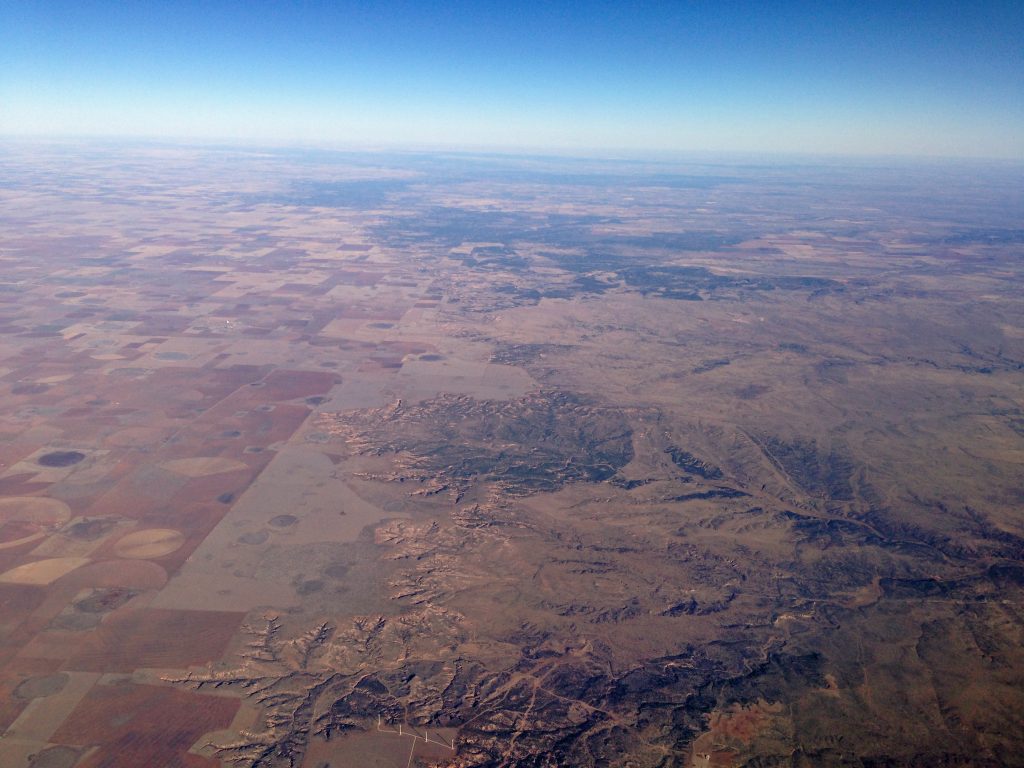
One flagship team is working closely with community members and nonprofits to create curriculum that will foster interest and skills in a variety of green careers. Another team is using visual and acoustic sensors to look at things like water flows and animal noises in an attempt to better understand the speed and degree of change in places undergoing rapid transformation of natural habitat across Texas. A third team is reimagining the ways policy makers plan for housing, infrastructure, transit and the response to natural disasters in a more equitable manner. Other teams are building predictive models and decision support tools to help communities prepare for climate-related challenges like drought and flooding. Finally, researchers are using archaeology, storytelling, and paleoclimate data to learn lessons from the near and ancient past to improve resilience in the face of climactic changes today.
At the heart of all of the projects is the need for advanced data collection and modeling, which is accomplished using the supercomputing power at the Texas Advanced Computing Center. Planet Texas 2050 researchers are using weather, atmospheric, and population data they have collected to model everything from the availability of water in Texas to how to best evacuate hospital patients during hurricanes. This will help local and state agencies and city planners make decisions in the face of climate-related hazards.
Additionally, Planet Texas 2050 researchers are working directly with affected communities to design more thoughtful solutions. Research teams have formed collaborations with residents and local nonprofits to look at climate-related challenges in neighborhoods like Dove Springs in Southeast Austin, listening to residents as they share insight about their problems with things like heat and flooding. Planet Texas 2050 researchers are exploring the relationship between humans and their environment by looking at things such as how climate change will introduce new pathogens resulting in infectious disease.
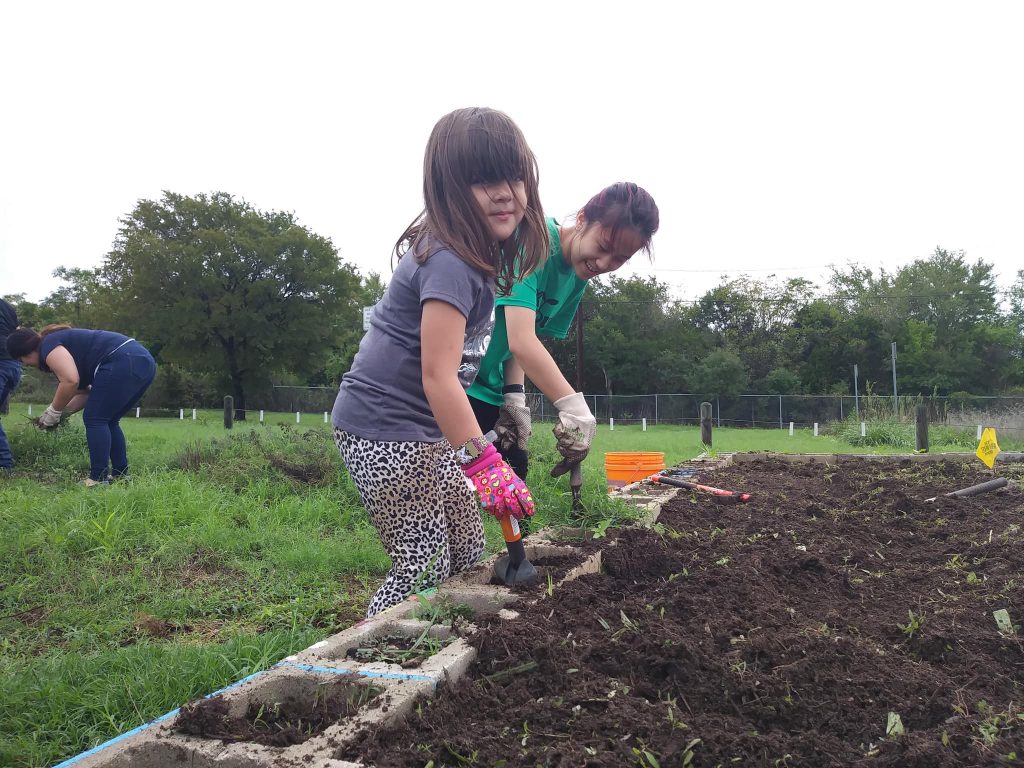
Historians and archaeologists are key to the project. Researchers attached to the project have explored the ways humans in the ancient past survived and adapted to droughts and floods, starting at the Greek site of Histria in Romania. Abandoned settlements such as this one bear witness to the changes in sea level, droughts, erosion or flooding that left them unsustainable. Texas’s urban centers are expected to see many of these same challenges as a result of climate change. Researchers are also carrying out scientific analyses of water and watershed management and demographic dynamics in the Maya region around Rome and the Greek and Roman cities of the lower Danube. The interactions of water and soil chemistry, paleoclimate, and landscape management will be used to inform models that predict how Texas communities may look in the future. Genetic, epigenetic, and isotopic analyses of human populations also will allow researchers to reconstruct population dynamics and individual life histories. The lessons learned by Planet Texas 2050 researchers could help to understand how people will respond to similar changes today as from the ancient past while offering practical advice to help society correct course in the 21st Century.
The Planet Texas 2050 initiative still has five years to go, and researchers will continue to use the state of Texas as a living laboratory to help address problems and opportunities resulting from urbanization and climate change. The discoveries, tools, and recommendations that teams make will be applicable to researchers, organizations, educators, and policy makers across the country and the world.
The views and opinions expressed in this article or video are those of the individual author(s) or presenter(s) and do not necessarily reflect the policy or views of the editors at Not Even Past, the UT Department of History, the University of Texas at Austin, or the UT System Board of Regents. Not Even Past is an online public history magazine rather than a peer-reviewed academic journal. While we make efforts to ensure that factual information in articles was obtained from reliable sources, Not Even Past is not responsible for any errors or omissions.
